The 2025 International Conference on Anti-Aging and Homeostatic Medicine was held in Shenzhen from October 16 to 18.
Co-hosted by the School of Medicine at the Southern University of Science and Technology (SUSTech) and the China Anti-Aging Promoting Association (CAPA), the conference brought together more than 1,000 participants, including leading experts, scholars, industry representatives, and members of the media from around the world.
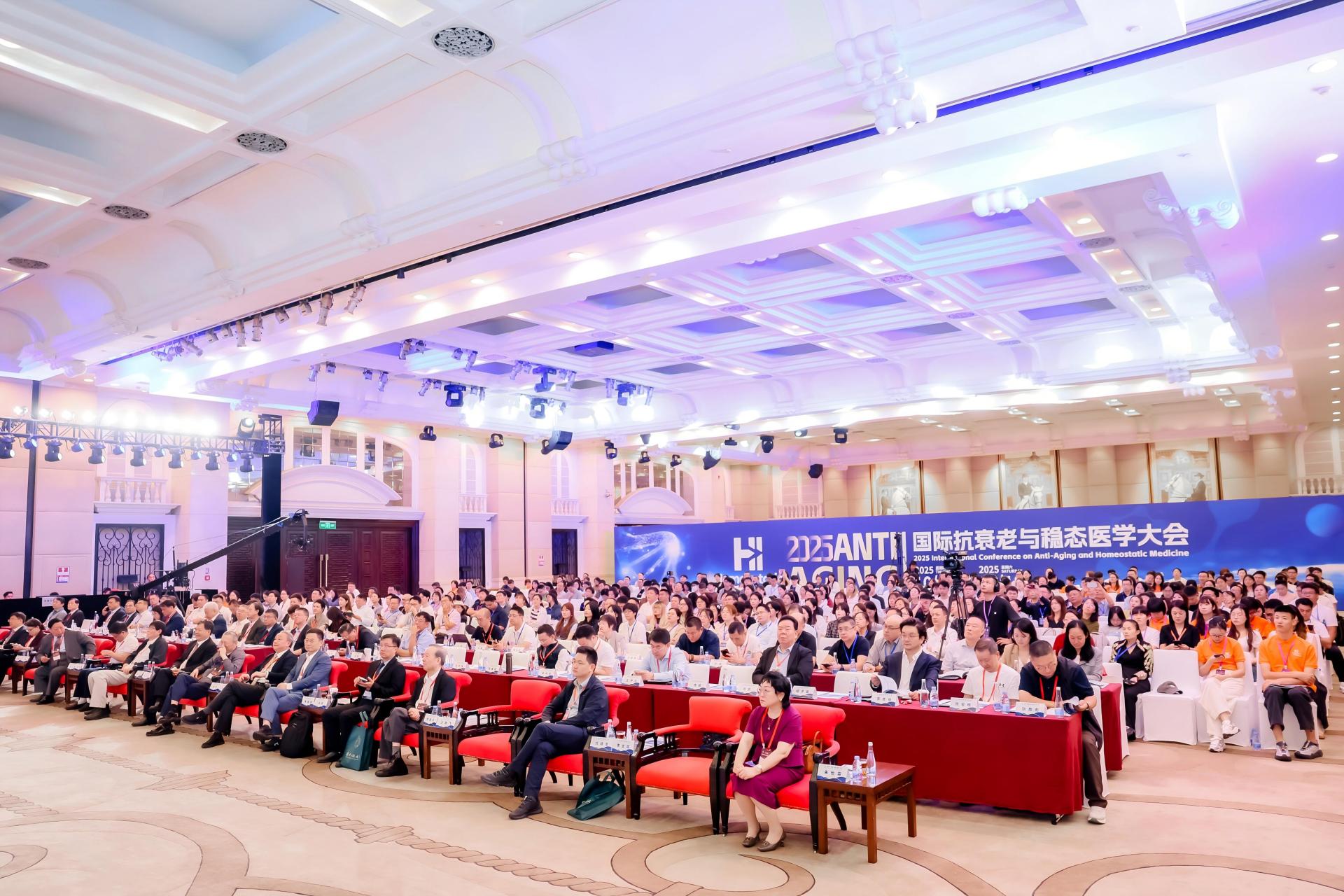
Among the distinguished attendees were Songlin WANG, Dean and Chair Professor of the School of Medicine at SUSTech and President of CAPA; Gang PEI, Professor at Tongji University; Weizhi JI, Dean of the Institute of Primate Translational Medicine at Kunming University of Science and Technology; Yuzhang WU, Director of the Institute of Immunology at the Army Medical University; and Daping WANG, Vice Chairman of the Shenzhen Municipal Committee of the Chinese People’s Political Consultative Conference (CPPCC).
The conference sought to move beyond the traditional medical paradigm of “treating disease rather than maintaining health.” It aimed to build a proactive and preventive system centered on human well-being, driving global scientific breakthroughs and industrial innovation in anti-aging research.
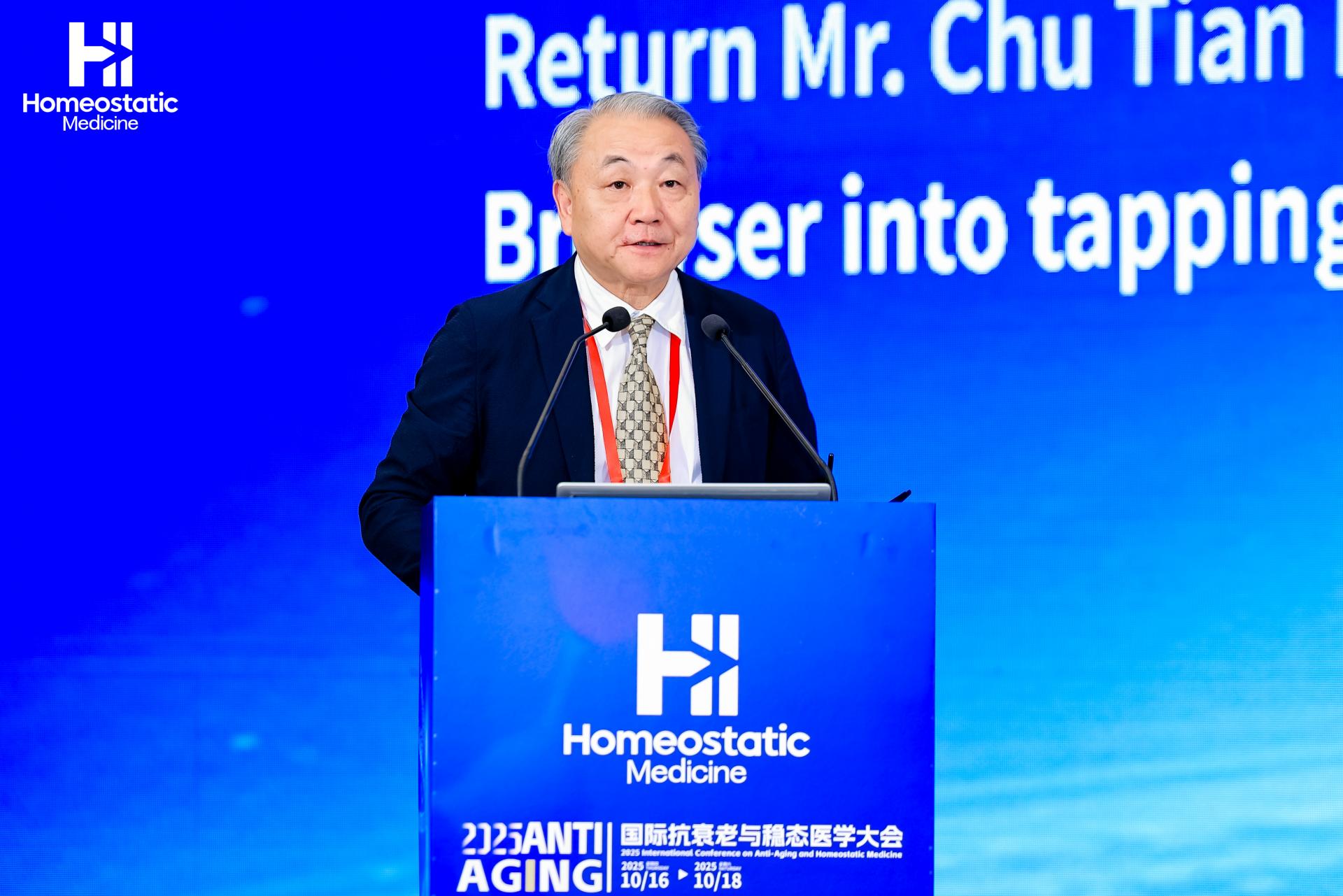
In his opening remarks, Songlin WANG emphasized that as global aging accelerates and chronic diseases such as Alzheimer’s and cardiovascular disorders rise, the world faces increasingly severe health and economic challenges. He noted that homeostatic medicine offers a new approach—shifting from symptom-based treatment to a systems-level understanding of physiological balance across molecules, cells, tissues, organs, and environmental factors.
The emerging discipline explores the mechanisms of homeostatic regulation, identifies the roots of imbalance, and develops strategies to restore equilibrium, integrating insights from both Western and traditional Chinese medicine.
Professor WANG highlighted the conference’s goal to promote the deep integration of homeostasis medicine across basic research, clinical translation, and industrial application, focusing on three key areas: the mechanisms of aging and homeostasis, the relationship between aging and disease, and technological interventions in aging and homeostasis.
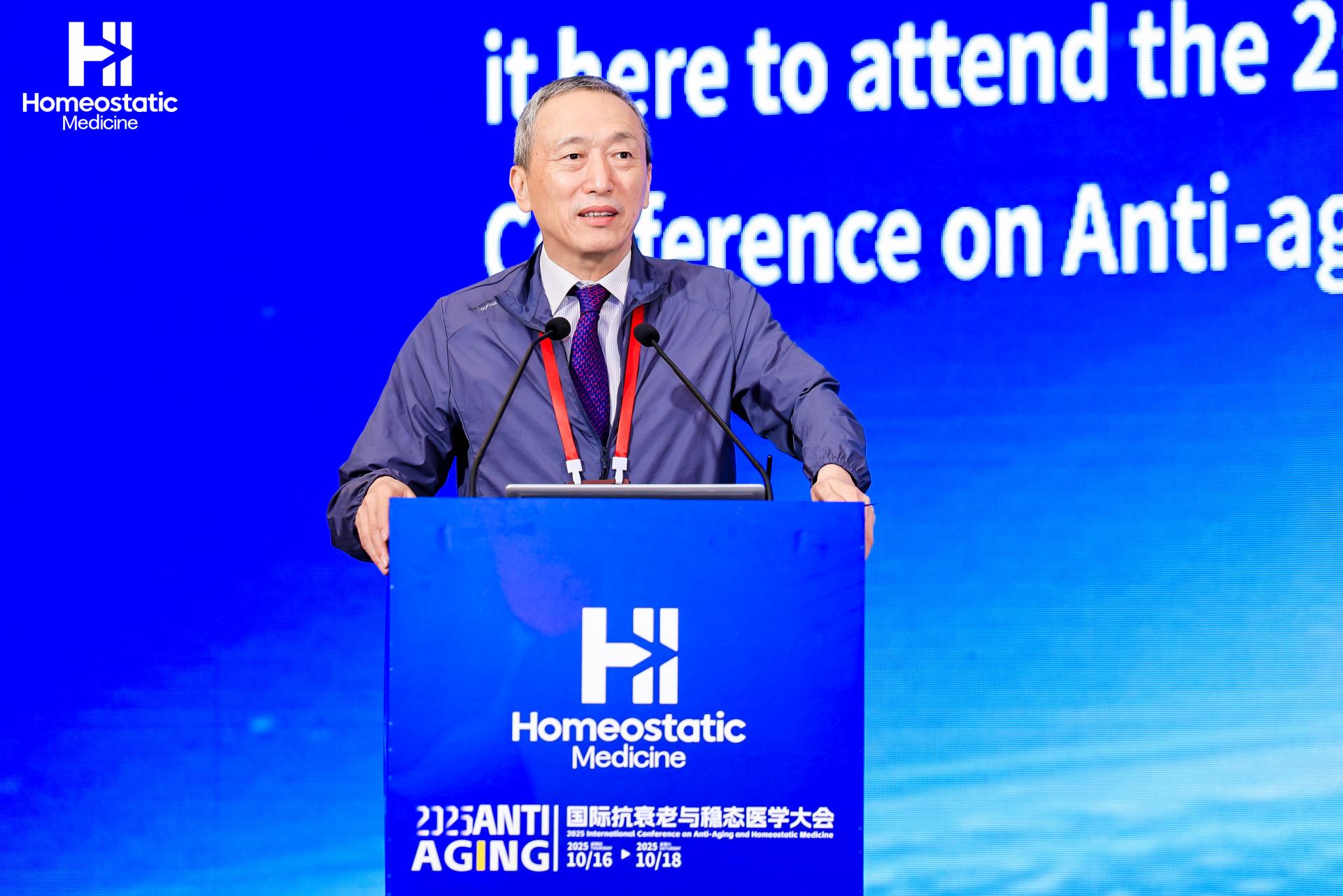
Gang PEI remarked that aging should no longer be seen as an irreversible endpoint of life but as a biological process that can be modulated and delayed through scientific progress. Likewise, homeostasis is not a fixed equilibrium but a dynamic, continuous process essential for sustaining life at the cellular, tissue, and systemic levels.
He called for global cooperation in five areas—joint planning, standard-setting, platform sharing, talent development, and industrial collaboration—and envisioned a future where 70 marks a “new starting point in life” and life at 80 is “full of vitality.”
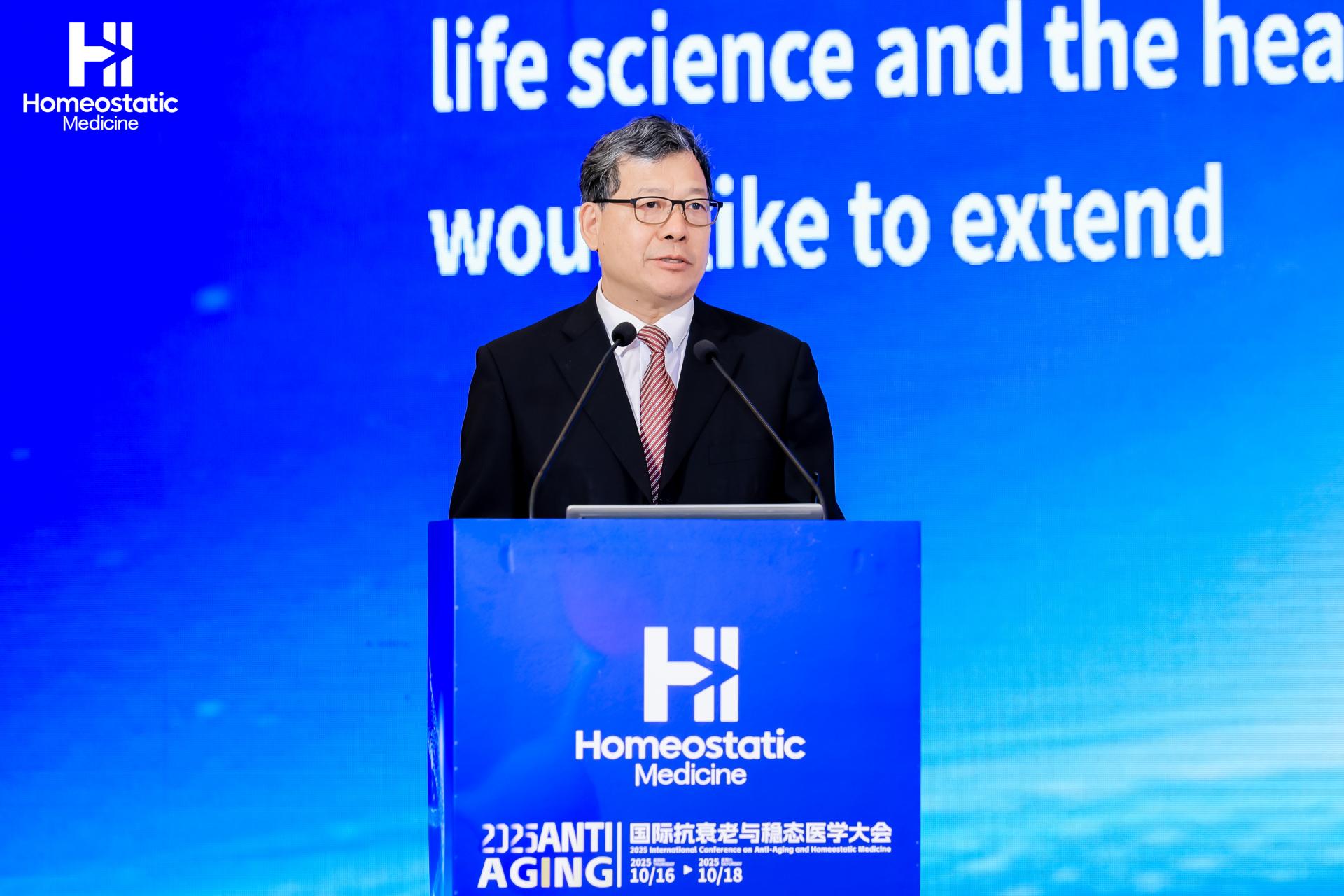
Daping WANG explored how Shenzhen’s commitment to innovation aligns with the conference’s mission. As a leading city in life sciences and health technology, Shenzhen has prioritized public health and innovation-driven development. He expressed the city’s determination to further strengthen its ecosystem, deepen cooperation, and establish itself as a hub for medical and health industry transformation.
During the keynote session, academicians and leading international experts presented the latest breakthroughs in anti-aging and homeostatic medicine, spanning topics from molecular mechanisms to clinical applications.
Weizhi JI discussed the role of non-human primate models in aging-related disease research, highlighting their unique value in preclinical studies. Songlin WANG introduced his team’s discovery of Sialin2 as a key regulator of cellular homeostasis, establishing a new framework for “inorganic signaling biology” and offering insights into maintaining homeostasis across multiple systems, including cardiovascular, immune, metabolic, neural, and oncological pathways.
Meanwhile, Yuzhang WU underscored the importance of immune homeostasis in anti-aging research, presenting novel strategies for assessing, modulating, and reconstructing immune function to promote longevity. Jiankang ZHU, Member of the U.S. National Academy of Sciences and Director of the Institute of Advanced Biotechnology at SUSTech, shared new findings linking epigenetic regulation to aging and longevity, providing molecular evidence of how DNA modifications influence health and lifespan.
Twelve other distinguished scholars, including Jianping JIA, Lin WANG, Jing QU, Baohua LIU, John Shyy, Yilong WANG, Zhiqing XU, Xiang LI, Qiang LIU, Yuejun CHEN, Wenbin LI, and Renjie CHAI, presented their teams’ latest research on homeostatic medicine across diverse fields.
Experts including Xuedong ZHOU, Rui YUE, Liu CAO, Qingpeng KONG, Peng XIANG, Guozhi XIAO, and Jinsong BIAN further explored the clinical applications of homeostatic medicine, highlighting how the integration of basic research, clinical practice, and technological innovation can offer new perspectives into aging and disease intervention.
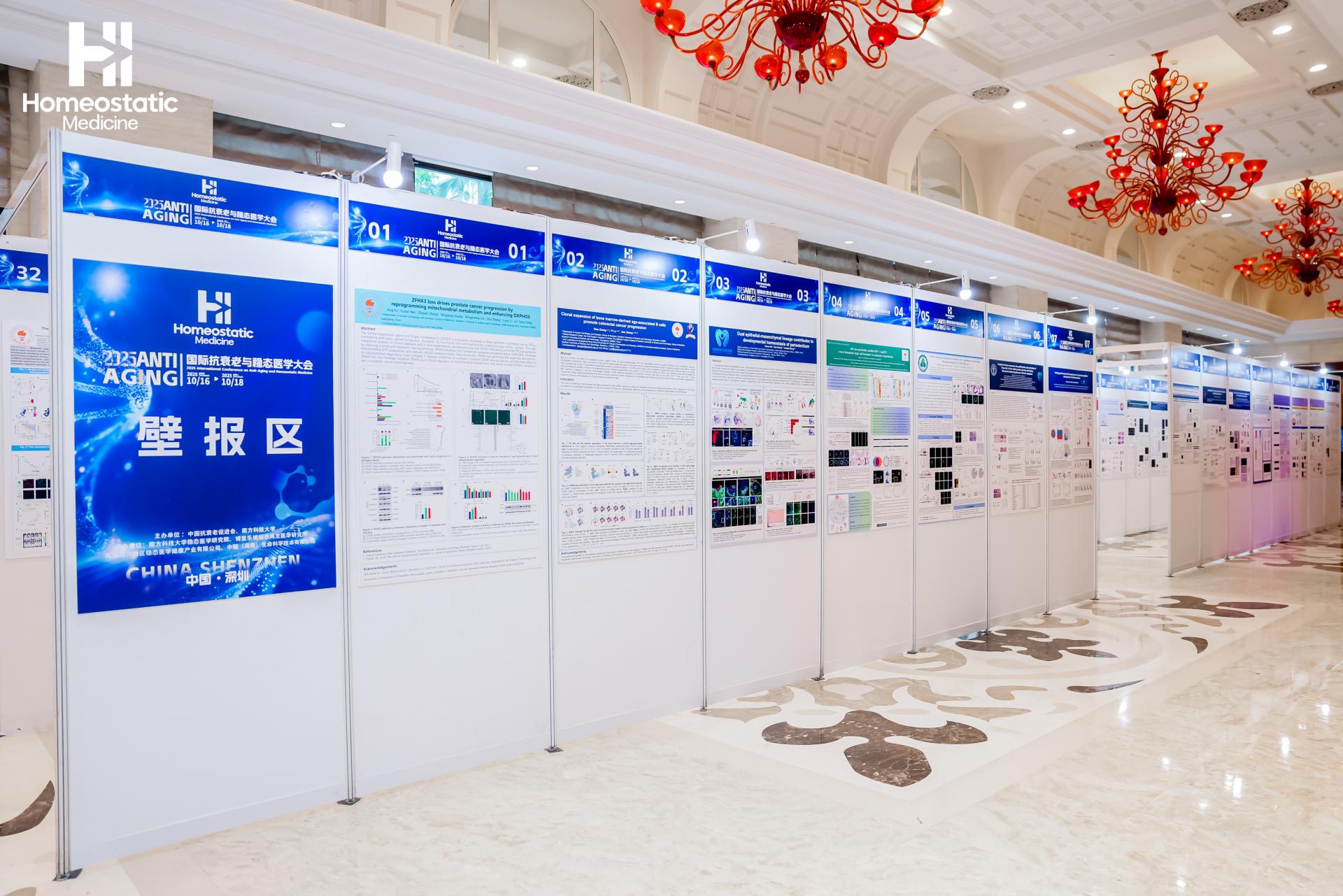
To encourage the next generation of researchers, the conference also featured a poster competition that received over 100 high-quality submissions on topics such as molecular regulation of homeostasis, organ aging mechanisms, and clinical anti-aging technologies.
During the event, “Homeostatic Medicine” was officially recognized as a scientific and technical term by the China National Committee for Terminology in Science and Technology (CNTERM). Several new academic works were also launched, including Nitrate and Body Homeostasis (English Edition), Homeostatic Medicine, and Oncologists Speak.
The conference offered a comprehensive overview of recent advances and outlined future directions for research and application in homeostatic and anti-aging medicine. SUSTech will continue to advance this pioneering field through cross-disciplinary and international collaboration, contributing to addressing the challenges of an aging population and improving global health.
Proofread ByYuwen ZENG
Photo BySchool of Medicine